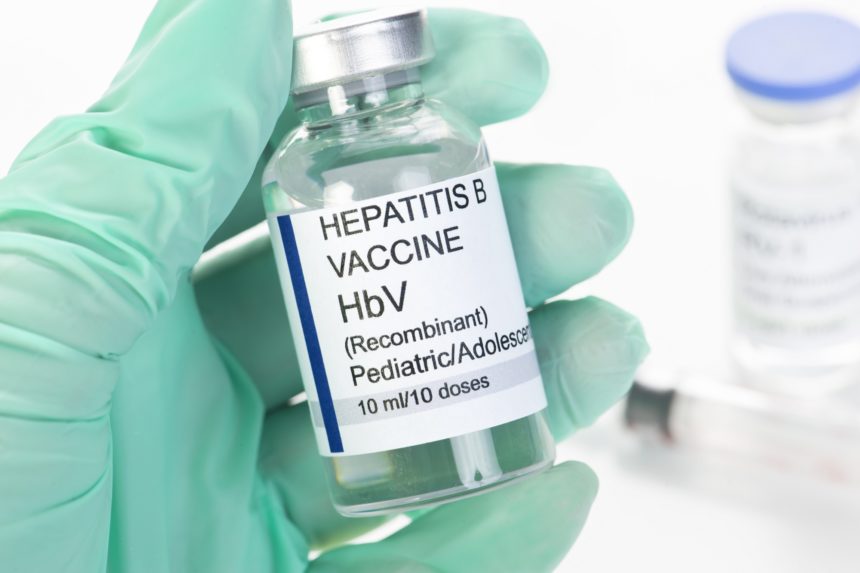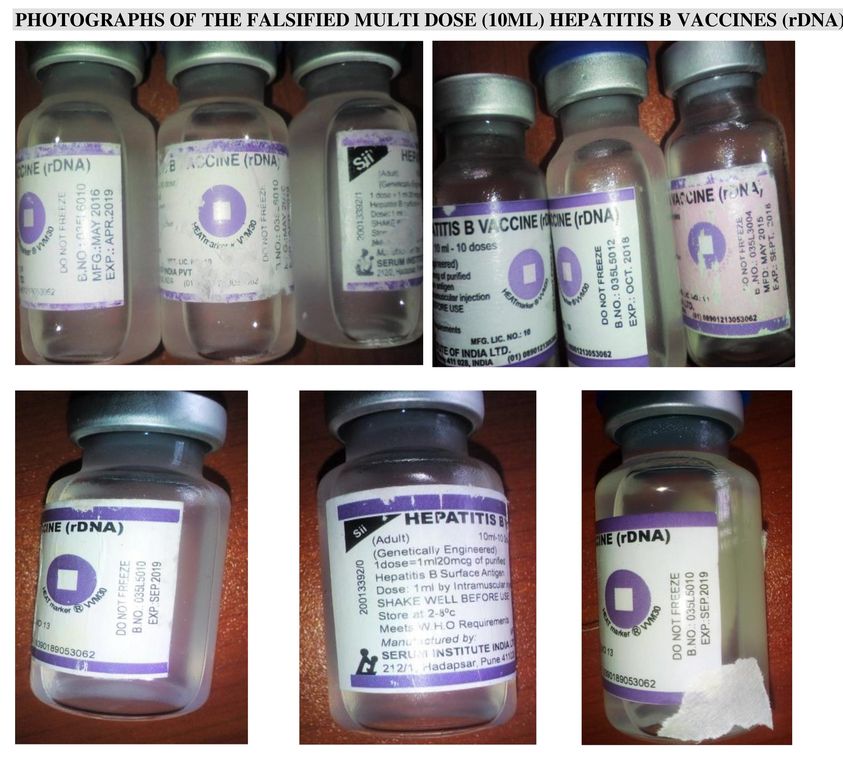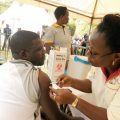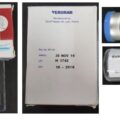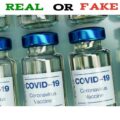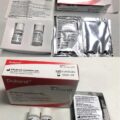Hepatitis B is a serious liver infection caused by the hepatitis B virus (HBV). For some people, hepatitis B infection becomes chronic, meaning it lasts more than six months. Having chronic hepatitis B increases your risk of developing liver failure, liver cancer or cirrhosis — a condition that permanently scars of the liver.Most adults with hepatitis B recover fully, even if their signs and symptoms are severe. Infants and children are more likely to develop a chronic (long-lasting) hepatitis B infection.
Causes
Hepatitis B infection is caused by the hepatitis B virus (HBV). The virus is passed from person to person through blood, semen or other body fluids. It does not spread by sneezing or coughing.
Common ways that HBV can spread are:
Sexual contact. You may get hepatitis B if you have unprotected sex with someone who is infected. The virus can pass to you if the person’s blood, saliva, semen or vaginal secretions enter your body.
Sharing of needles. HBV easily spreads through needles and syringes contaminated with infected blood. Sharing IV drug paraphernalia puts you at high risk of hepatitis B.
Accidental needle sticks. Hepatitis B is a concern for health care workers and anyone else who comes in contact with human blood.
Mother to child. Pregnant women infected with HBV can pass the virus to their babies during childbirth. However, the newborn can be vaccinated to avoid getting infected in almost all cases. Talk to your doctor about being tested for hepatitis B if you are pregnant or want to become pregnant.
Hepatitis B Vaccine
Hepatitis B vaccine is a vaccine that prevents hepatitis B. The first dose is recommended within 24 hours of birth with either two or three more doses given after that. It takes only a few shots to protect yourself and your loved ones against hepatitis B for a lifetime.
The hepatitis B vaccine is a safe and effective vaccine that is recommended for all infants at birth and for children up to 18 years. The hepatitis B vaccine is also recommended for adults living with diabetes and those at high risk for infection due to their jobs, lifestyle, living situations, or country of birth. Since everyone is at some risk, all adults should seriously consider getting the hepatitis B vaccine for a lifetime protection against a preventable chronic liver disease.
The hepatitis B vaccine is also known as the first “anti-cancer” vaccine because it prevents hepatitis B, the leading cause of liver cancer worldwide. You cannot get hepatitis B from the vaccine. All hepatitis B vaccines that have been used since 1986 are made synthetically – meaning the hepatitis B vaccines do not contain any blood products. Learn more.
If you have a current HBV infection (HBsAg positive) or have recovered from a past HBV infection, the hepatitis B vaccine series will not benefit you or clear the virus. However, the vaccine will provide a lifetime of protection for loved ones. Testing is the only way to know if you or your loved ones have a current infection or have recovered from a past infection.
Hepatitis B Vaccine Recommendations
The hepatitis B vaccine is recommended for all infants and children up to age 18 years by the World Health Organization (WHO) and the U.S. Centers for Disease Control and Prevention (CDC). The CDC also recommends that adults in high-risk groups be vaccinated (see below).
Every person may be at some risk for a hepatitis B infection during their lifetime, so getting the hepatitis B vaccine should be considered by all people.
How to Spot Fake Hepatitis B Vaccine
Most recently, after a tip-off, the Uganda National Drug Authority (NDA) identified that falsified versions of 10-ml multi-dose vials pretending to contain Hepatitis B vaccine for immunization camps are available at patient level in a number of locations in the Central, South Western and Eastern regions in Uganda. The fake vaccines are allegedly manufactured by the Serum Institute of India. However, due to label inconsistencies, the genuine manufacturer from India was able to proof that the products shown below are fake and not from them. So far, ten different batch numbers with ten different expiry dates have been discovered; the full list of them being shown in the appropriate WHO Medical Product Alert 03/2018 .
Notify the local health authorities when in possession of this falsified product. Do not use it. Members of the pharmaceutical supply chain including hospitals, clinics, pharmacies and any other vendors of medical products should stay vigilant and carefully check the authenticity and origin before selling or using. For any information concerning the supply of this fake product, contact the genuine manufacturer, the local Ministry of Public Health, the National Medicines Regulatory Authorities and/or the National Pharmacovigilance Centres. Authorities are asked to notify WHO if further vials of the fake vaccine are discovered. If you have any information on the supply and/or distribution of these spurious products then do not hesitate to contact also rapidalert@who.int. People who have not yet completed their doses should remain vigilant. No adverse reactions have been reported to WHO so far.
Picture: Samples of falsified Hepatitis B vaccine bottles circulating in Uganda. Picture credit: WHO Medical Product Alert 03/2018
How to Spot Fake Medicines
- Visual inspection
Visual inspection as stated by the World Health Organization (WHO) (1999) still remains the first step in identifying potential fake drug irrespective of the analytical methods used. This is because such observation serves as a lead to identifying fake products even in the absence of the knowledge of the physical characteristics of a genuine drug product. You are expected to examine carefully both the package and its content before purchase or use.
- Visual inspection of the Package
You should
- Examine the package and check if it appears suspicious or different from what you previously know.
- Check if the security seal has been tampered with by looking for breaks or tears in the sealing tape and seals.
- Look for unusual fonts, font sizes, print colour, and spelling errors.
- Check the legibility of the information on both the primary and secondary packages.
- Check if the batch number, expiry date and manufacturer’s address on the secondary package are the same with that on the primary package.
- Check if the manufacturer’s address is traceable, that is, if it contains the exact location of the company and not just the country address.
- Check if the registration number (NAFDAC number as the case is for products marketed or sold in Nigeria) is properly printed or if it appears to be tampered with.
- Visual inspection of the Dosage form
At this stage, you are meant to:
- Check for differences in the physical appearance (colour uniformity, size, shape, consistency etc.) of the drug. As stated by WHO, commonly encountered physical defects that should be looked out for in tablets include:
- Excessive powder and/or pieces of tablets at the bottom of the container (from abraded, crushed or broken tablets);
- Cracks or chips in the tablets, swelling, mottling, discolouration, fusion of tablets;
- Appearance of crystal on the walls of the container or on the tablet.
- Hardening or softening, cracking, swelling, mottling or discolouration of capsule shell should also be looked out for.
- Also check the organoleptic properties of the dosage form if you have been using the medication.
- Mobile Authentication Service using Short Message Service (SMS)
Mobile Authentication Service (MAS) is one of the cutting edge technologies used to curb the menace of fake drugs. It is a technology that has put the power of identifying fake drug products in the hands of many cell phone users.
MAS involves the packaging of drugs with scratch card placed on the package from the point of manufacture. When scratched, the revealed codes could be sent free of charge to 38353 (Sproxil), 38351 (Pharmasecure), 20966 (UBQ), 1393 (Goldkeys) etc., depending on the service the manufacturer chose. Shortly after, the sender receives a reply confirming whether the drug is genuine or fake.
- Source
The source of the drug also determines if you are buying a fake drug or not. Filling your prescription in a reputable pharmacy greatly reduces your chances of buying fake drugs while buying from illiterate and unqualified vendors who hawk drugs in buses, motor parks and in the streets increases your chances of buying fake drugs.
- Price
This is another way of identifying fake product. If the price is far cheaper than what is expected, then you have to think twice. However, this may not always be true especially for some products (fake innovator/generic brands) which may be sold at the same price as the genuine one.
- Unexpected side effect
Counterfeit drugs most of the time contains inert substances other than the appropriate Active Pharmaceutical Ingredient (API). They may also contain incorrect substances, improper dosage or hazardous substances which do no elicit therapeutic effect. Unusual side effects, allergic reactions, or a worsening of medical condition after taking a medication may be a pointer to identifying a fake drug. The medication should be stopped once any of the above is noticed. SEE: Where To Get Hepatitis B Vaccine In Nigeria

